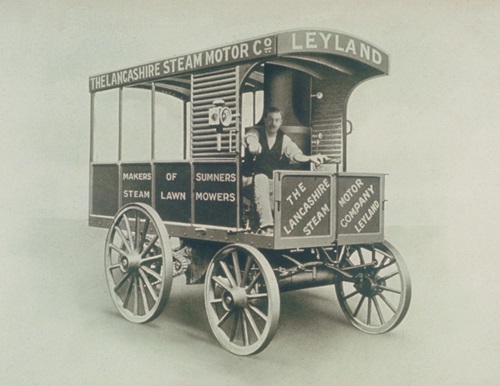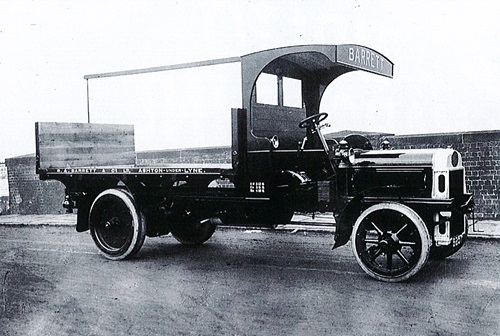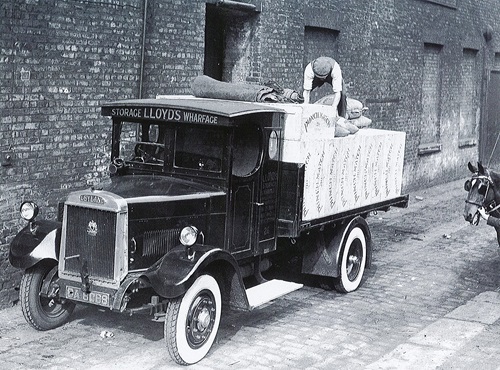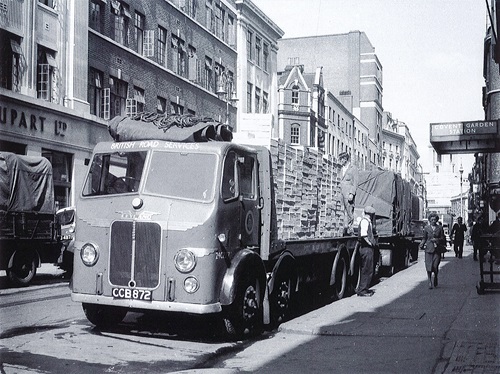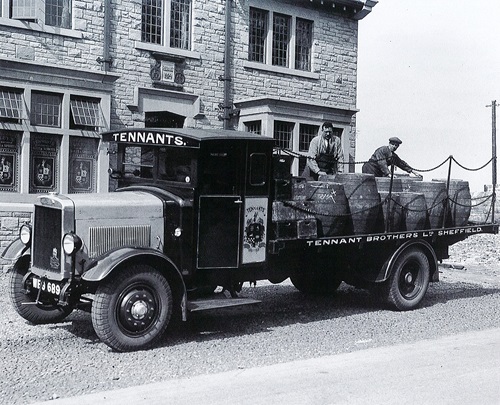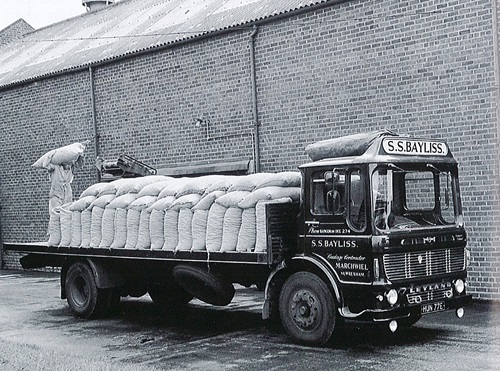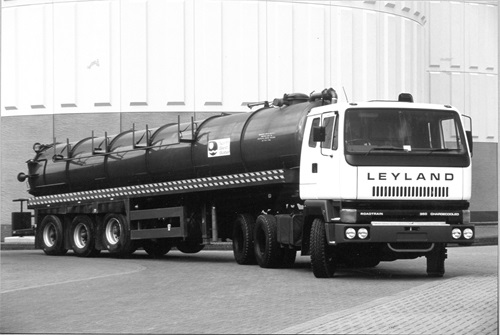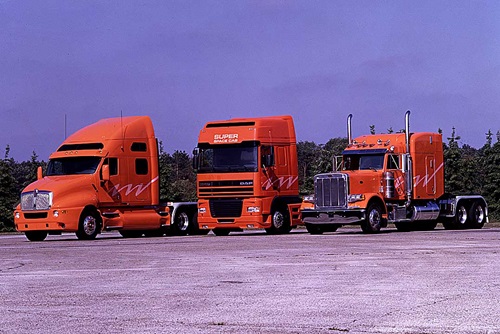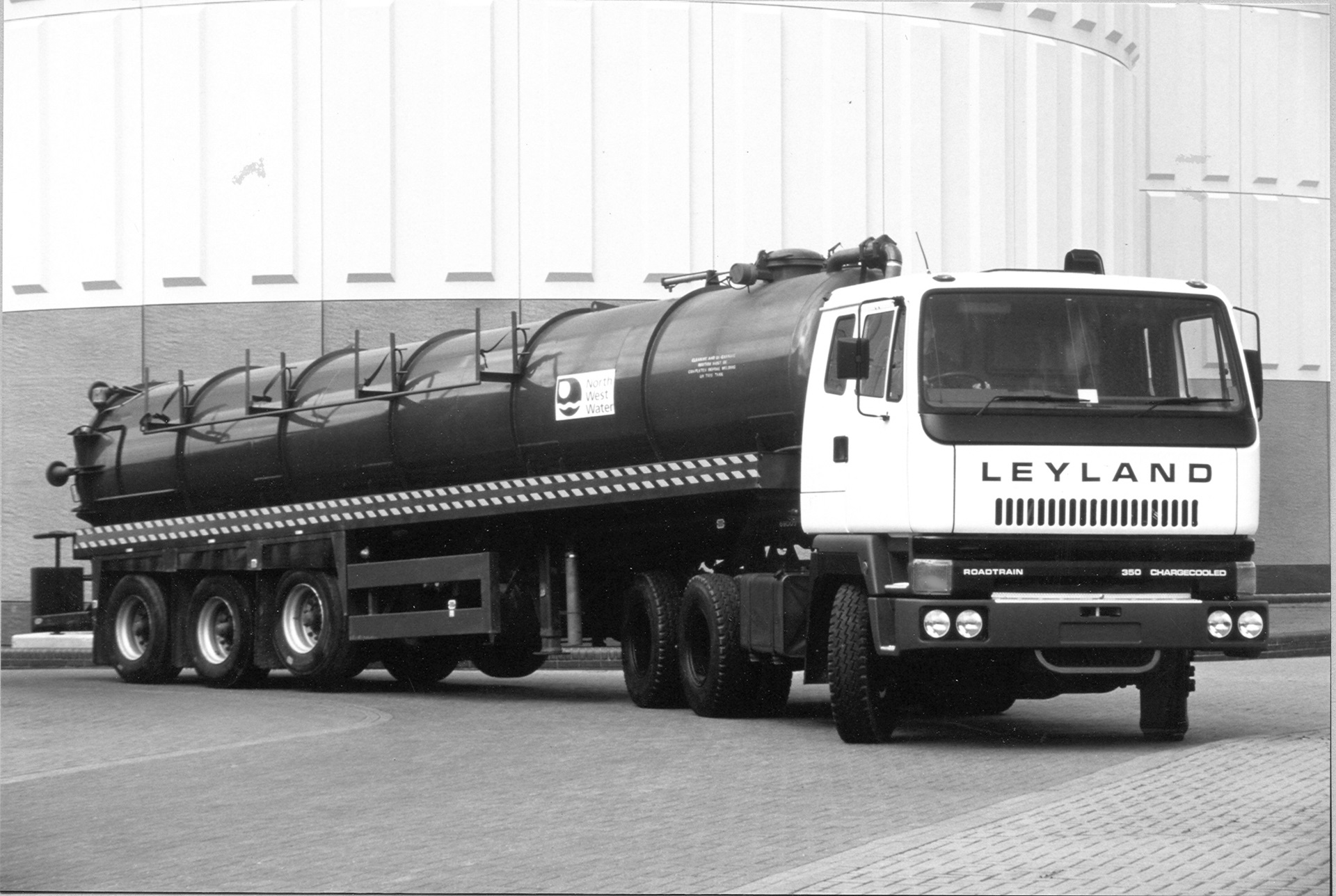
History
A brief history of Leyland Motors, its predecessors and successors
Lancashire Steam Motor Company - 1896
The origin of truck-building in Leyland can be traced back to two men – James Sumner and Henry Spurrier, who together formed ‘The Lancashire Steam Motor Company’ in 1896 to exploit their original product, a 1.5 tonne capacity steam van. The two friends could not have foreseen the incredible success story which would give the town world-wide recognition and leave a legacy which would be passed down through generations of Leylanders.
The following year the steam van was taken to Manchester for the Royal Agricultural Society of England trials for self-propelled vehicles. The ‘prototype Leyland’ carried all before it, winning the top prize of a silver medal. Their company built on its success in its early years with bigger and better trucks, including the first steam bus model and the first ever export order for a steam mail van for Ceylon, now known as Sri Lanka.
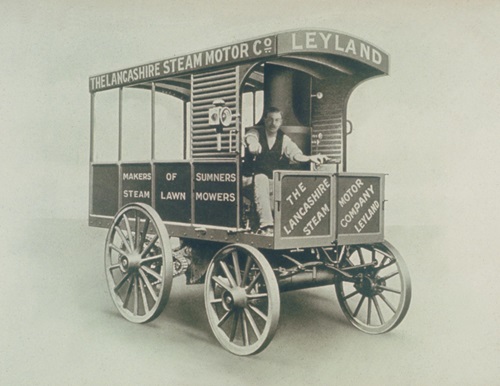
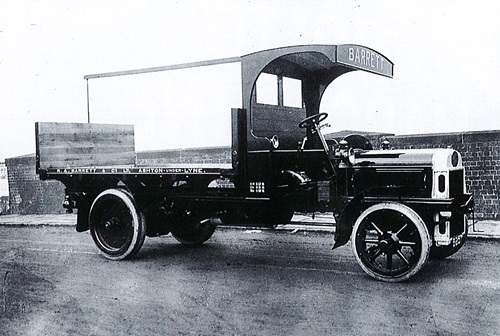
The first Petrol Engine - 1900's
Their first petrol-engined vehicle, nicknamed ‘the Pig’, was produced in 1904, followed a year later by the supply of the first Leyland bus for service in London. In 1907 the company absorbed the steam wagon builder Coulthards of Preston, adopting the name of Leyland Motors Limited later in the year. To accommodate manufacture of the expanding range the factory grew physically with the continued expansion of North Works.
1912 was a year which was to open up the military market for Leyland as their 3-tonner, commonly known as the ‘RAF-type’, was to become the standard subsidy vehicle. The following year saw the start of work on the Farington plant, later associated with bus production. By the outbreak of war in 1914 the company had 1500 employees and had produced approximately 1275 petrol engined vehicles and 415 steam wagons.
The First World War had a profound effect on Leyland Motors and the company concentrated on building 5,932 vehicles for the British forces. At the height of the war Leyland was employing over 3000 people. North Works and Farington had expanded, South Works had come into existence as had a factory in Chorley and a steel works with its own power plant was built.
After the war Leyland acquired the Kingston-upon-Thames former aircraft factory. This was put to work reconditioning 3000 ex-WD RAF-type Leylands which the company had bought to stop ‘worn-out’ ex-military vehicles entering ‘civvy street’ and tarnishing Leyland’s reputation for quality. When this work was nearing completion the Kingston factory was dedicated to the production of the novel Trojan car and van. Later still, Kingston was used for the production of the ‘Cub’ goods and passenger vehicle range.
The Leyland Zoo – 1920’s
With the late 1920s came some legendary Leyland models which put the company at the forefront of bus and truck design, starting the “Leyland Zoo” with animal names for Leyland models such as the ‘Lion’, ‘Lioness’, ‘Llama’, ‘Leveret’, ‘Tiger’, ‘Terrier’, ‘Badger’, ‘Beaver’, ‘Bull’, ‘Bison’ and ‘Buffalo’ along with the non-animal ‘Leviathon’, ‘Titan’ and ‘Titanic’ which brought the company back to prosperity after the crisis of the early 1920s. Names such as these would be synonymous with Leyland for nearly sixty years until the T45 range swept them away.
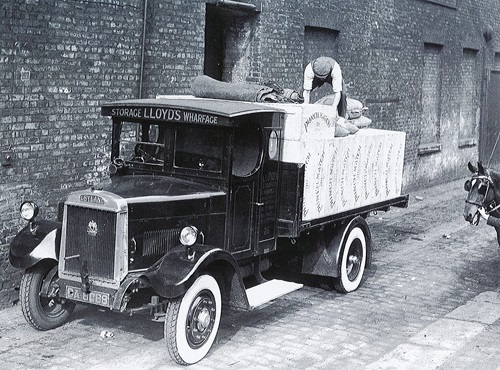
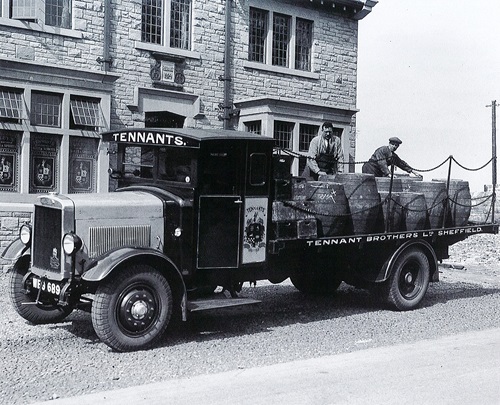
Introduction of Diesel Engines – 1930’s
The 1930s continued the development of this well received range as ‘Hippo’, ‘Rhino’, ‘Octopus’ and 'Buffalo' were added to the ‘heavy’ range of vehicles and the ‘lightweight’ ‘Cub’ replaced the Trojan as the Kingston built product.
Trolleybuses and Chorley built fire-engines also became well established in the line-up of products. A leap forward during this period was the introduction of Leyland’s own compression ignition engine (diesel), after which the days of the petrol engine were numbered in civilian use Leyland vehicles.
A ‘secret’ factory to build tanks was finished just as the Second World War began, but it was no secret to German bombers who continuously targeted the site in the early years of the war. Wartime output was varied as 11,000 employees produced 9,000 wheeled vehicles, 3,000 tanks, 10,000 tank engines and a large quantity of munitions.
The end of the war saw Leyland poised to expand as they supplied vehicles during a period many enthusiasts consider to be a ‘Golden Age’ of road transport. The new optimism was exemplified by the new Comet truck and bus range, the rest of the range was not neglected as the pre-war models were superseded by modern designs, though continuing the ‘family’ names.
Leyland Motors Expands - 1950’s
The 1950s saw a massive expansion of Leyland Motors as the famous UK makes of Scammell Lorries and Albion Motors were acquired, and the company became a major supplier to international markets.
However, the most notable changes for the user of Leylands were the introduction of the ‘Vista-Vue’, or LAD, cab to the truck range, and the debut of the revolutionary ‘Atlantean’ double deck bus in 1958. Of the two the Atlantean has had more impact as can be appreciated by the fact that buses of basically similar design have been the standard up to the present day.
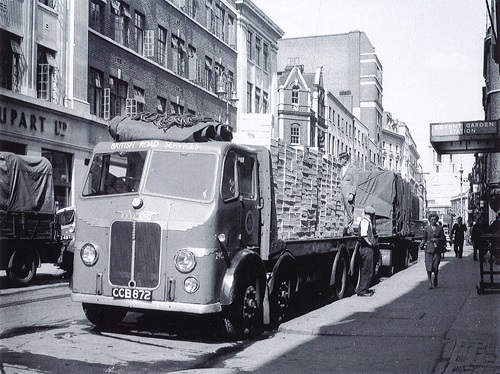
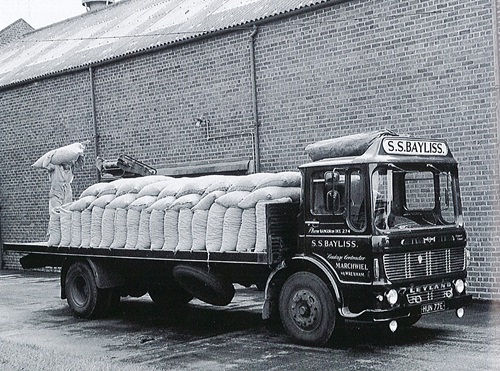
The Ergonomic Cab – 1960’s
Leyland were to make another significant contribution to British truck design when they launched their new ‘Ergomatic’ cab in 1964 as a replacement for the comparatively short-lived ‘Vista-Vue’ cab.
The ‘Ergomatic’ cab was designed to give the best combination of driver comfort, safety and efficient use of space possible within its intended price bracket. Its most notable feature was its ability to ‘tilt’ forward thereby exposing the engine, giving better access than the previous fixed cab designs. So good was this cab that it was still being fitted in mildly updated form to some Leyland chassis as late as 1981.
New beginnings – 1980’s
Overall, the 1970s were a challenging period for Leyland although at the end of the decade the new T45 range was announced.
These models had been subject to a thorough design and testing programme and were rewarded by winning the ‘Truck of the Year’ award. As the T45 was brought to the market, a new £33 million assembly plant opened on the outskirts of Leyland to produce the new model, which is now the home of the current day Leyland Trucks.
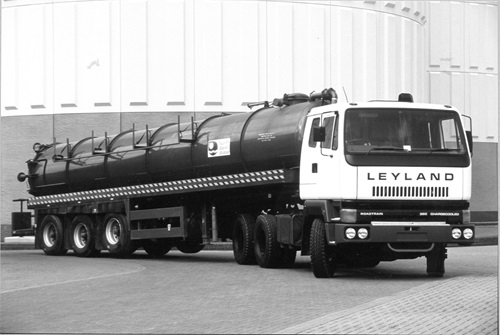
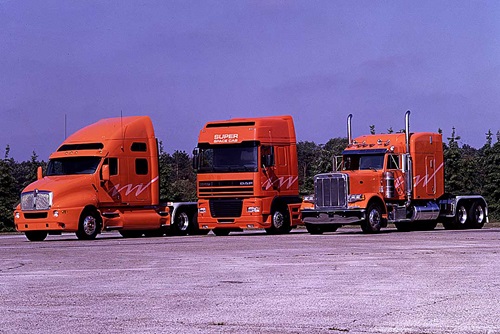
Leyland Merges with DAF - 1987
The truck operation had been drastically rationalised by early 1980s and the bus and truck sides were separated ready for their sell off in 1987 when Leyland Trucks was merged with DAF of the Netherlands to form Leyland DAF, with the Dutch holding the majority stake and exercising the day-to-day management control.
A management buyout made the bus division independent for a short period before it was sold to Volvo, who integrated Leyland models into their range before gradually replacing them with Volvos as they aged.
DAF NV, as the new company was called, continued to develop, but in the late 1980s and early 90s the UK market plummeted to levels of sales not seen since wartime. As the UK was DAF’s largest market, repercussions were inevitable, as were the consequences when the continental markets followed in the UK in 1992.Despite efforts to save the company, receivers were called in on 2nd February 1993.
A new DAF heavy truck business restarted in Holland and Belgium within a month, but it was a management buyout at Leyland Trucks in June 1993 that proved the salvation of truck-building in the town. A new arrangement with DAF established that Leyland Trucks sells to the UK and European markets through ‘new DAF’.
In 1996 PACCAR acquired DAF and in 1998 Leyland Trucks. The period since 1998 has seen substantial growth in volumes and profit, and significant investment in product, facilities and people. The scene for continued success for Leyland Trucks is well set.
